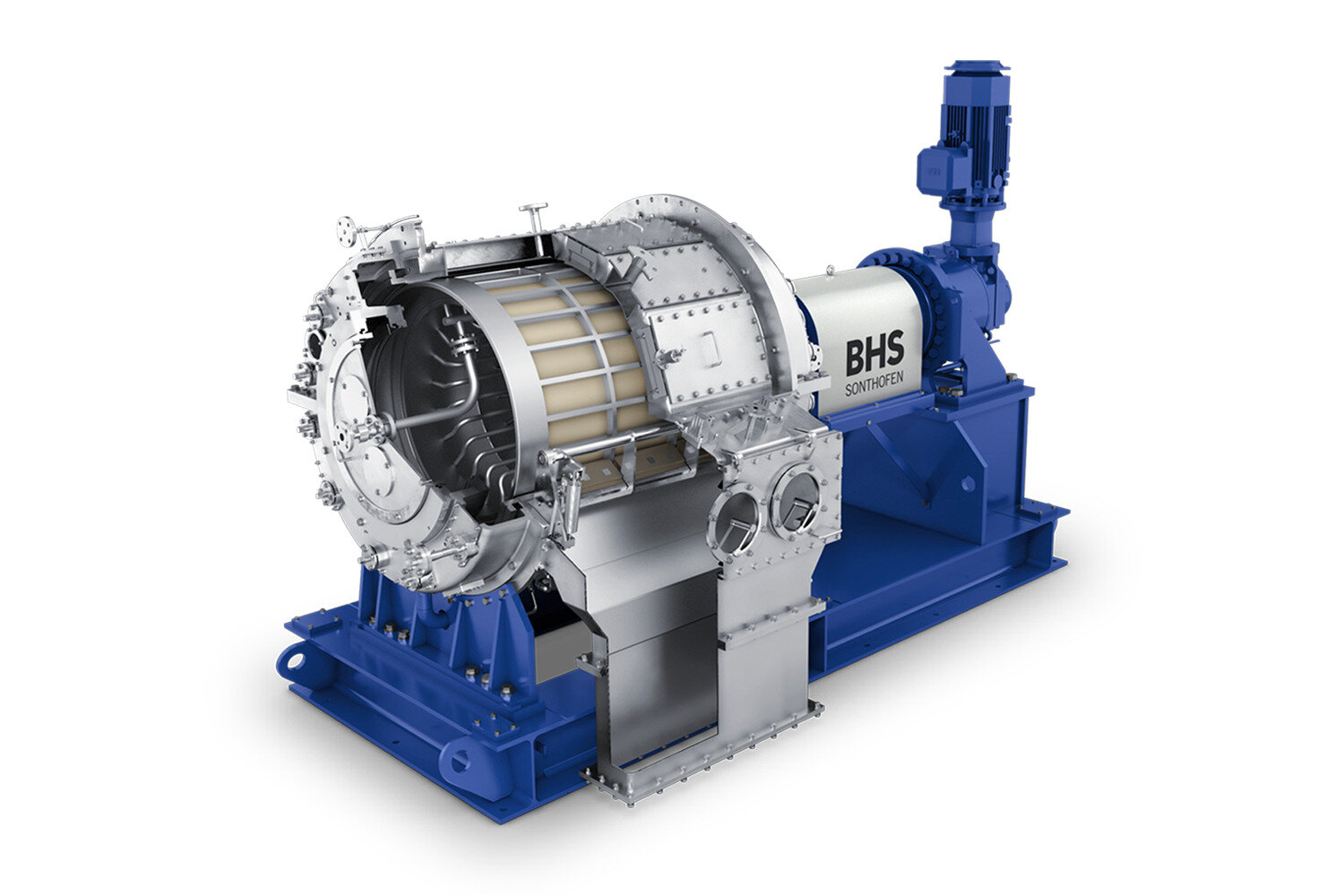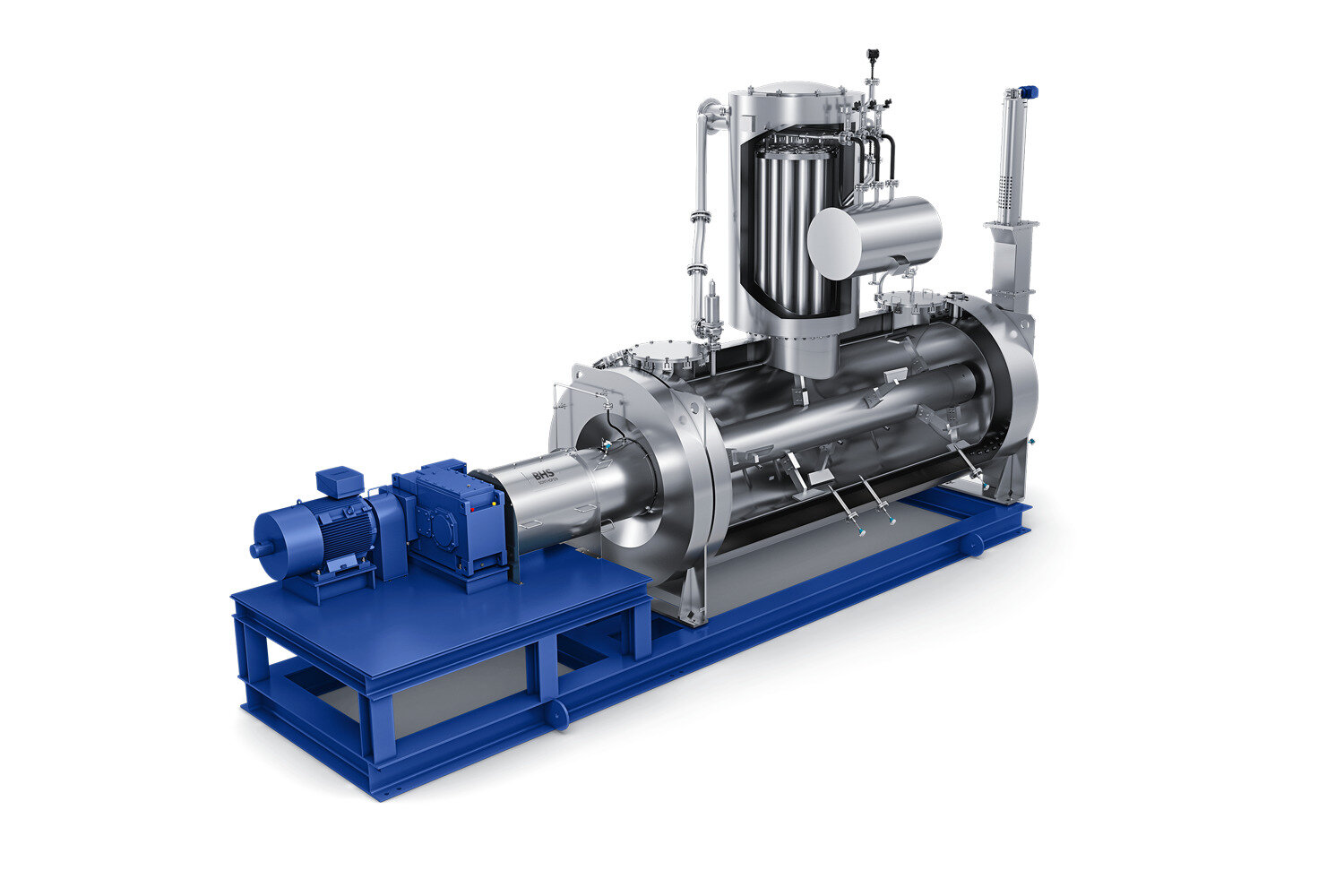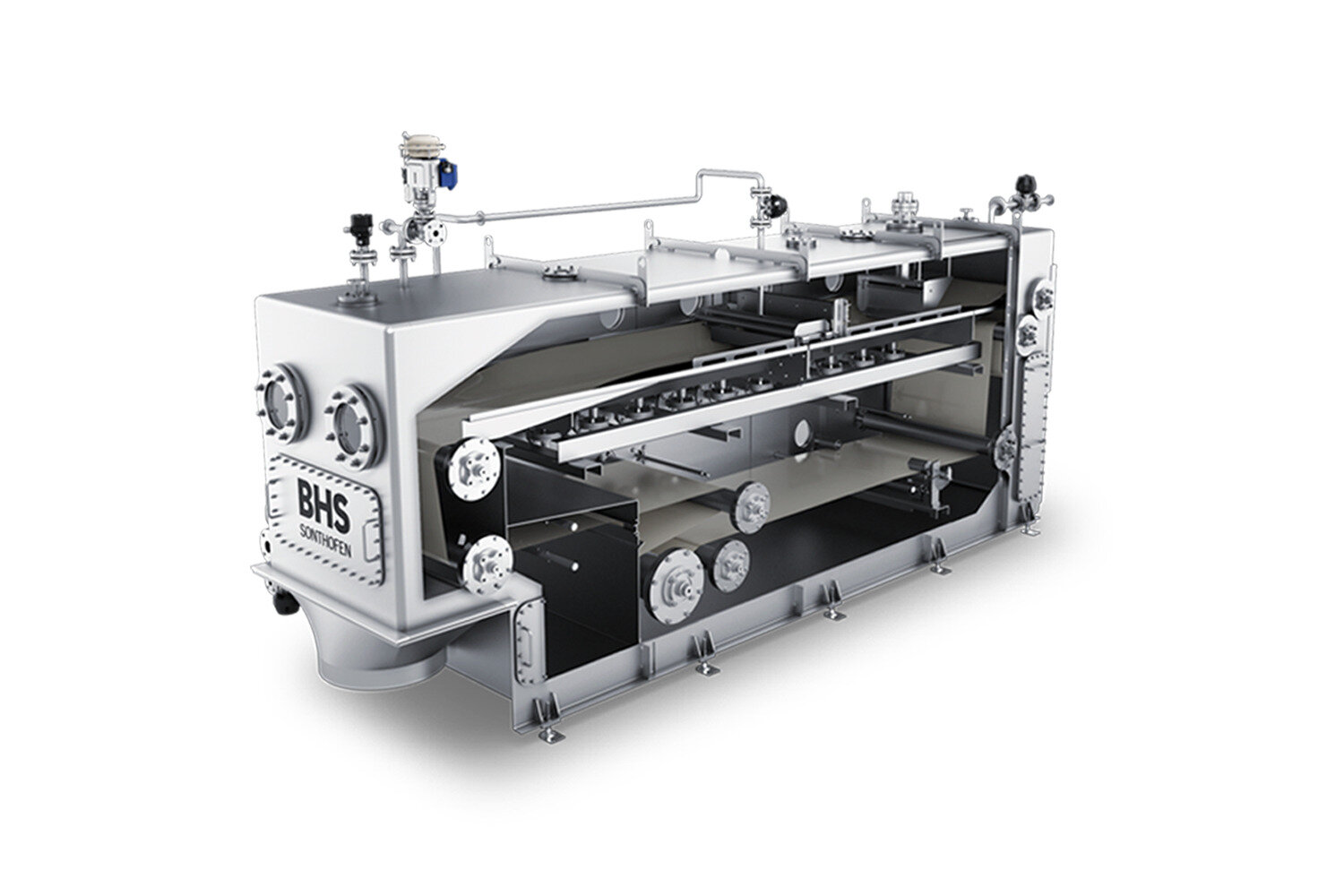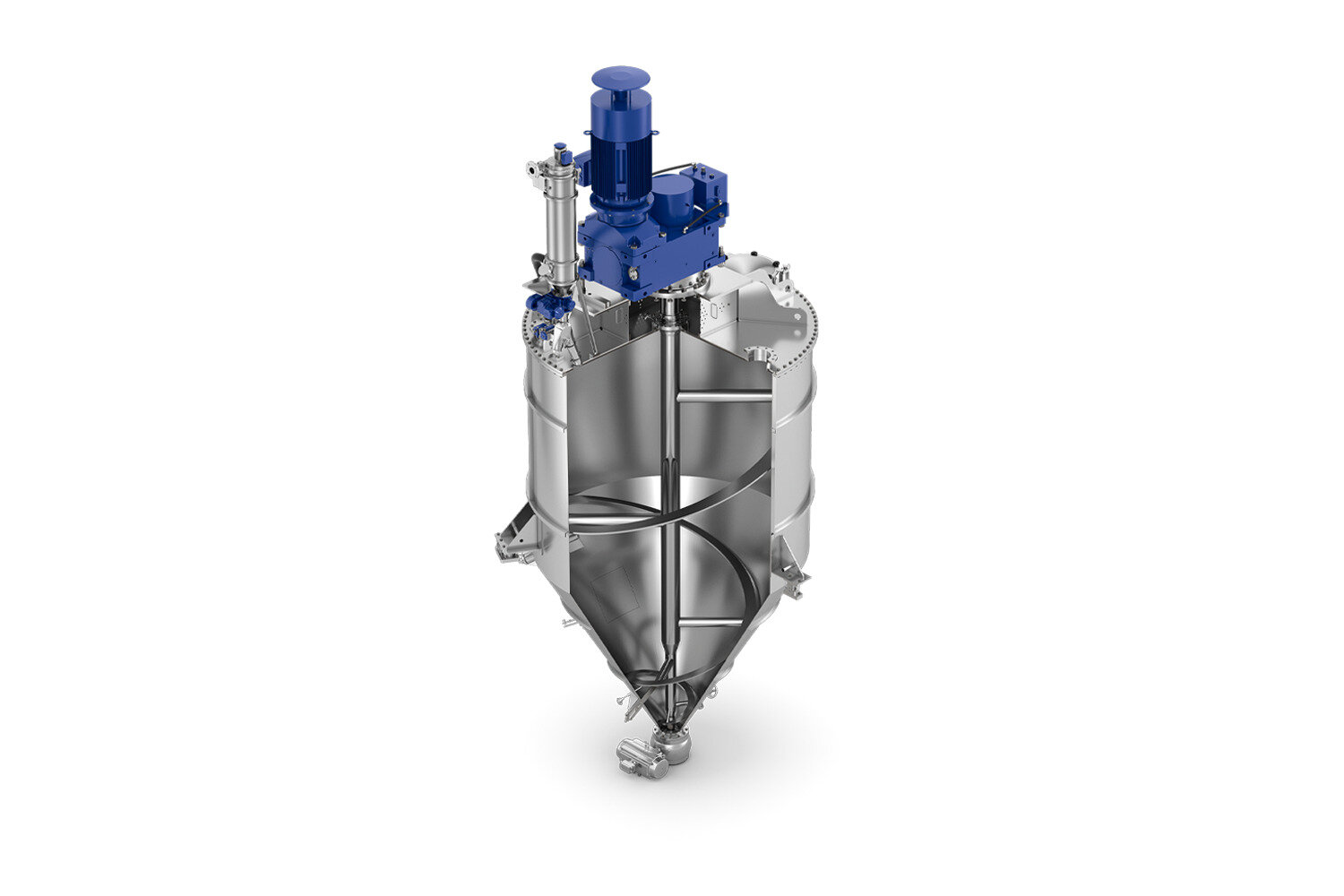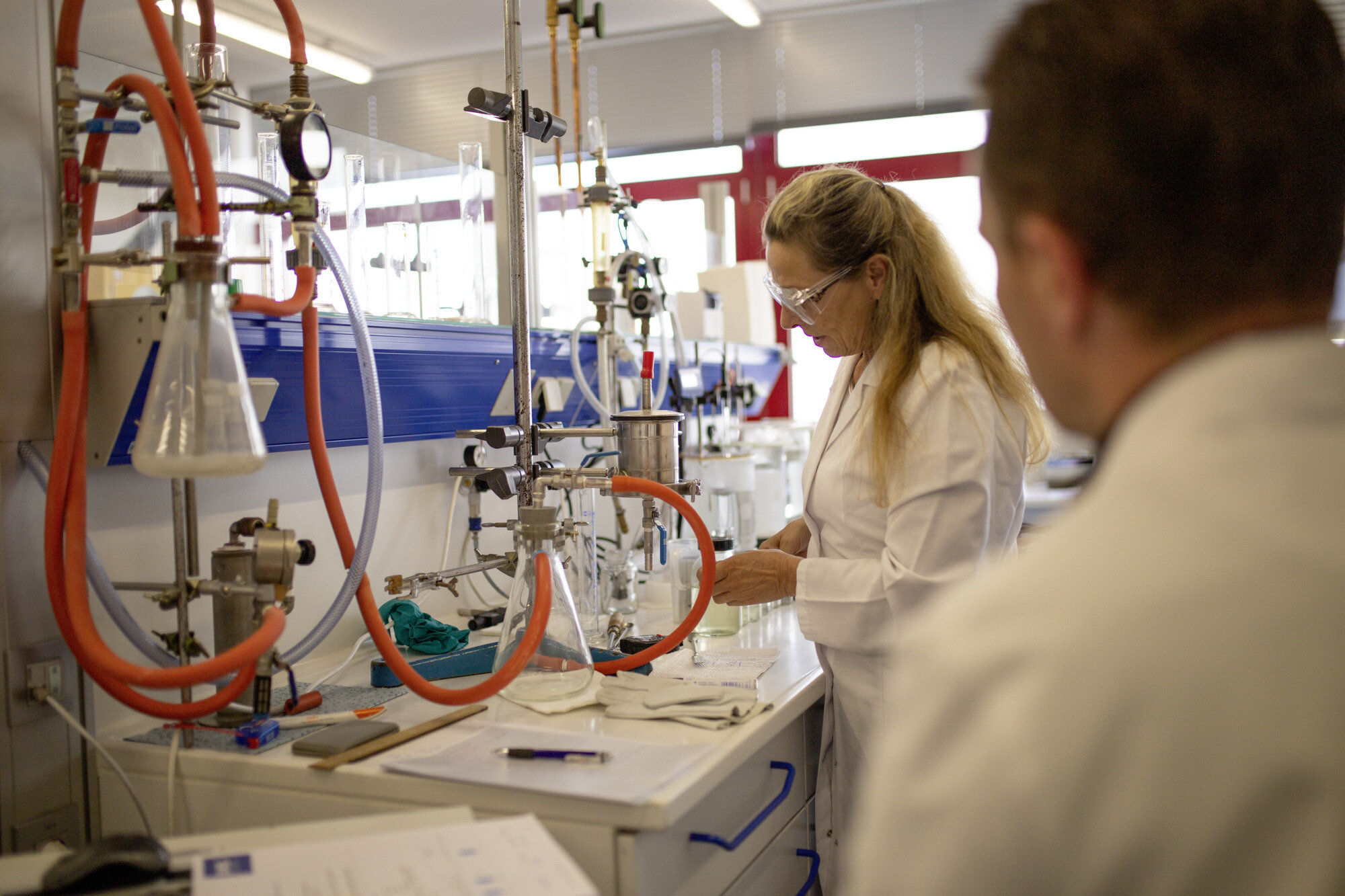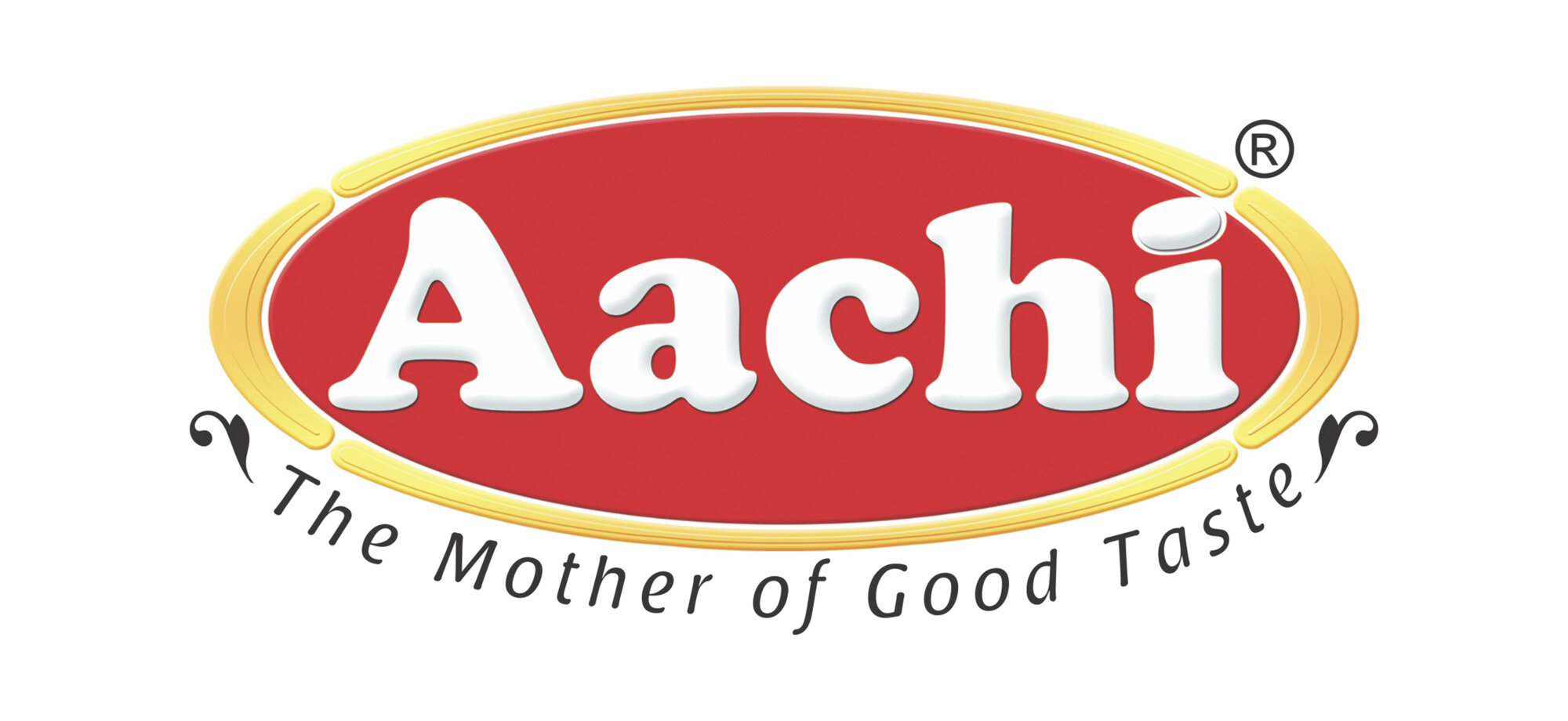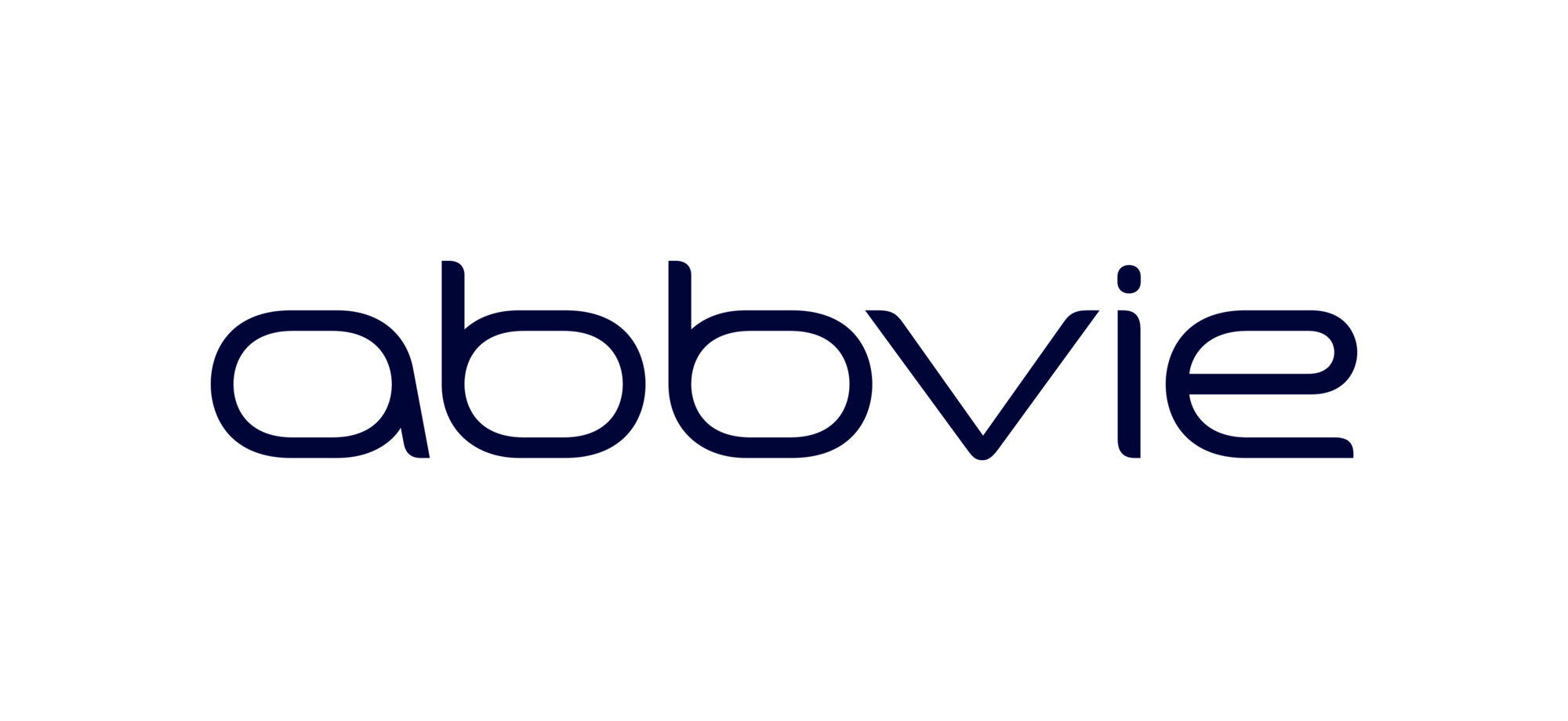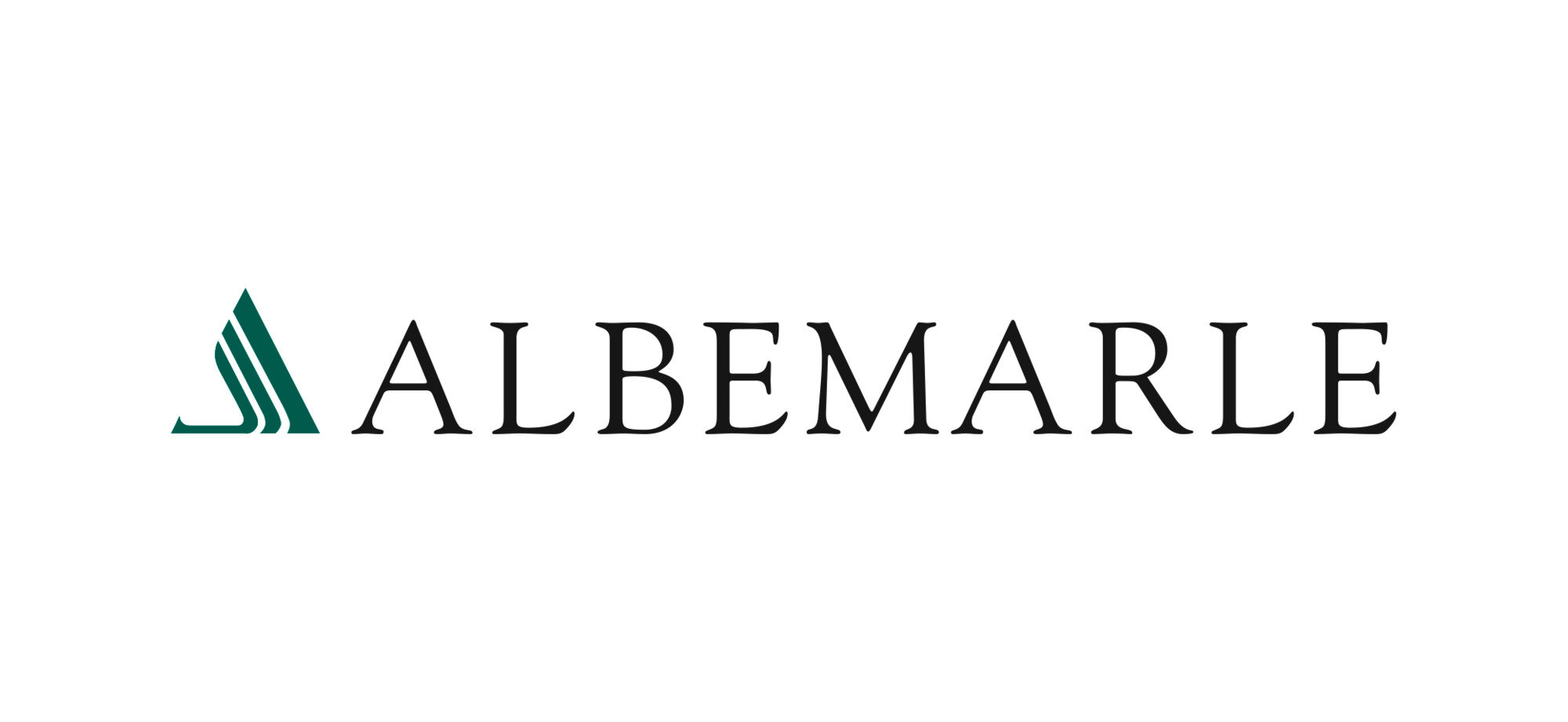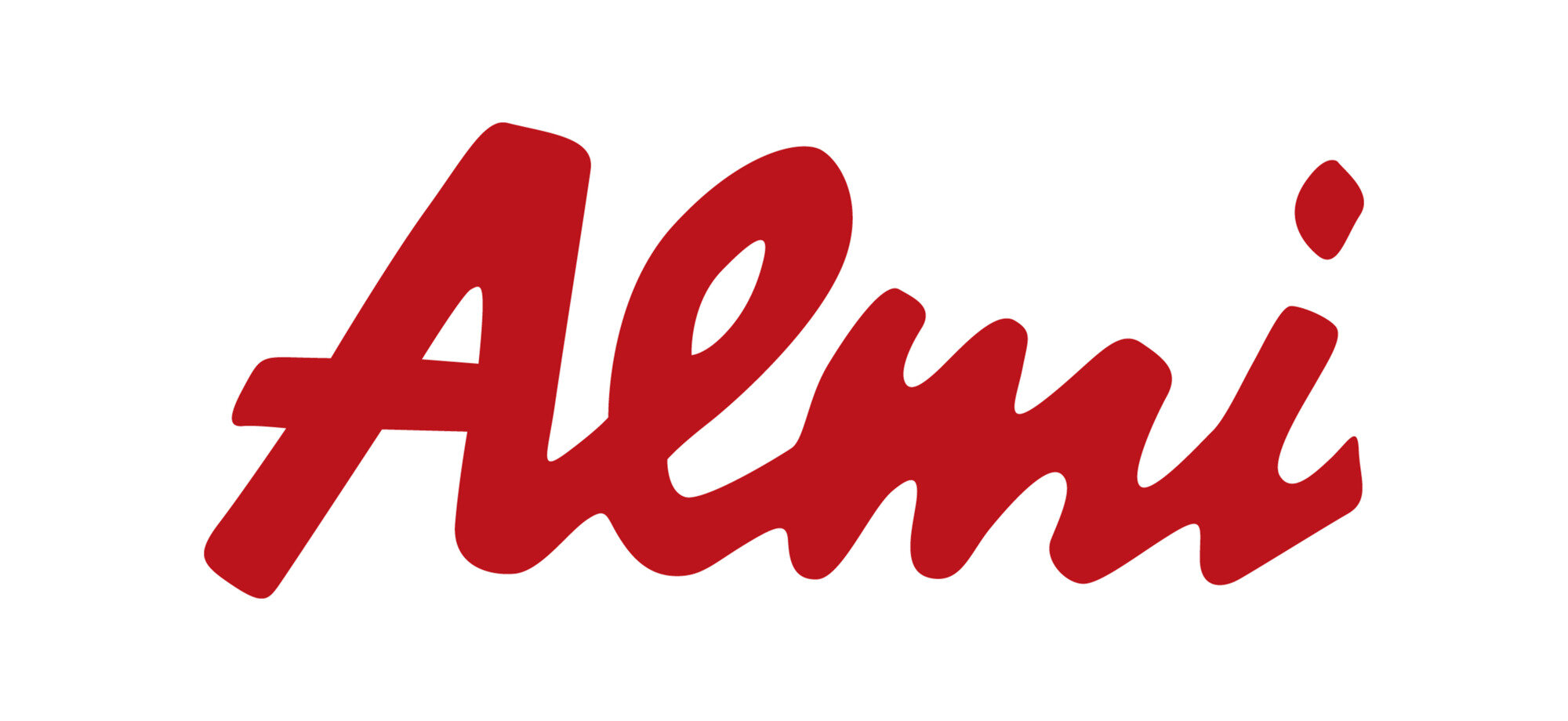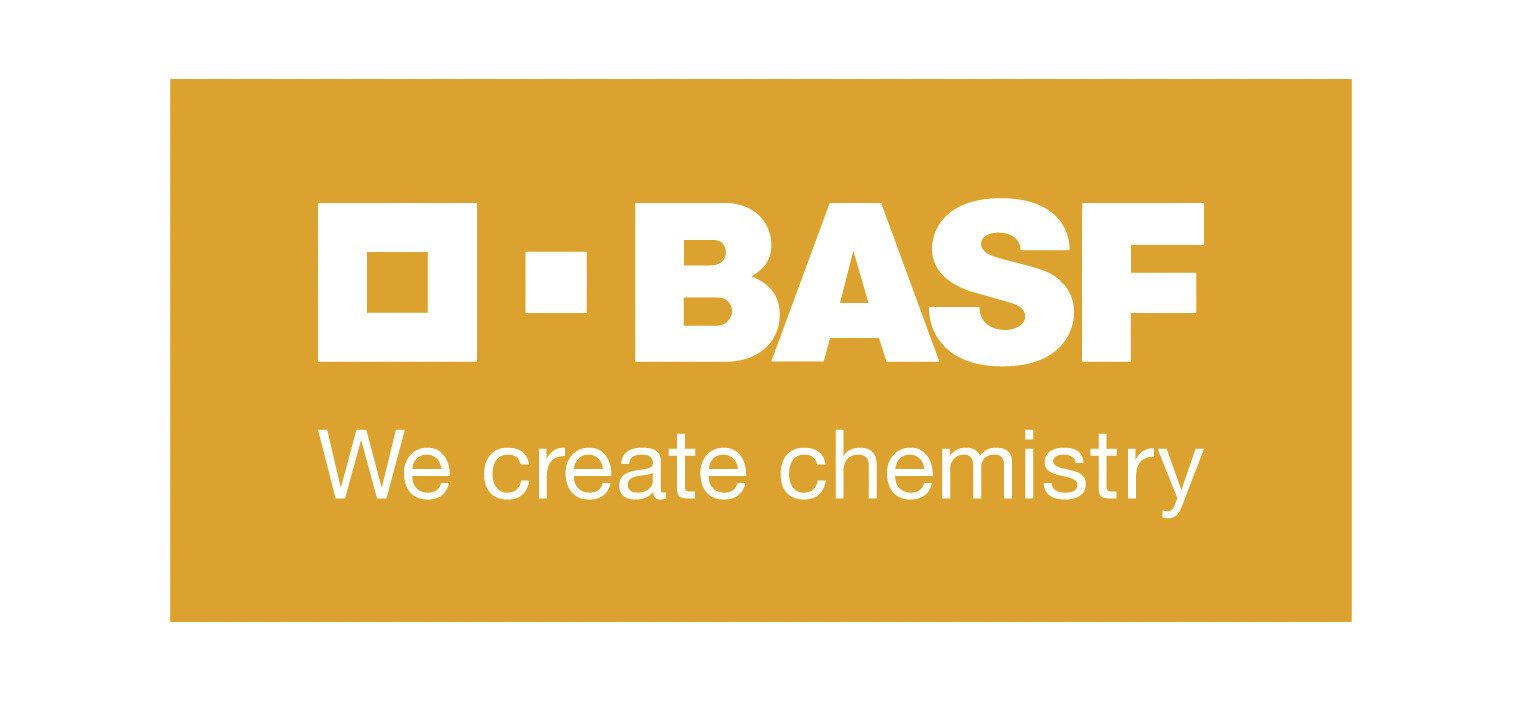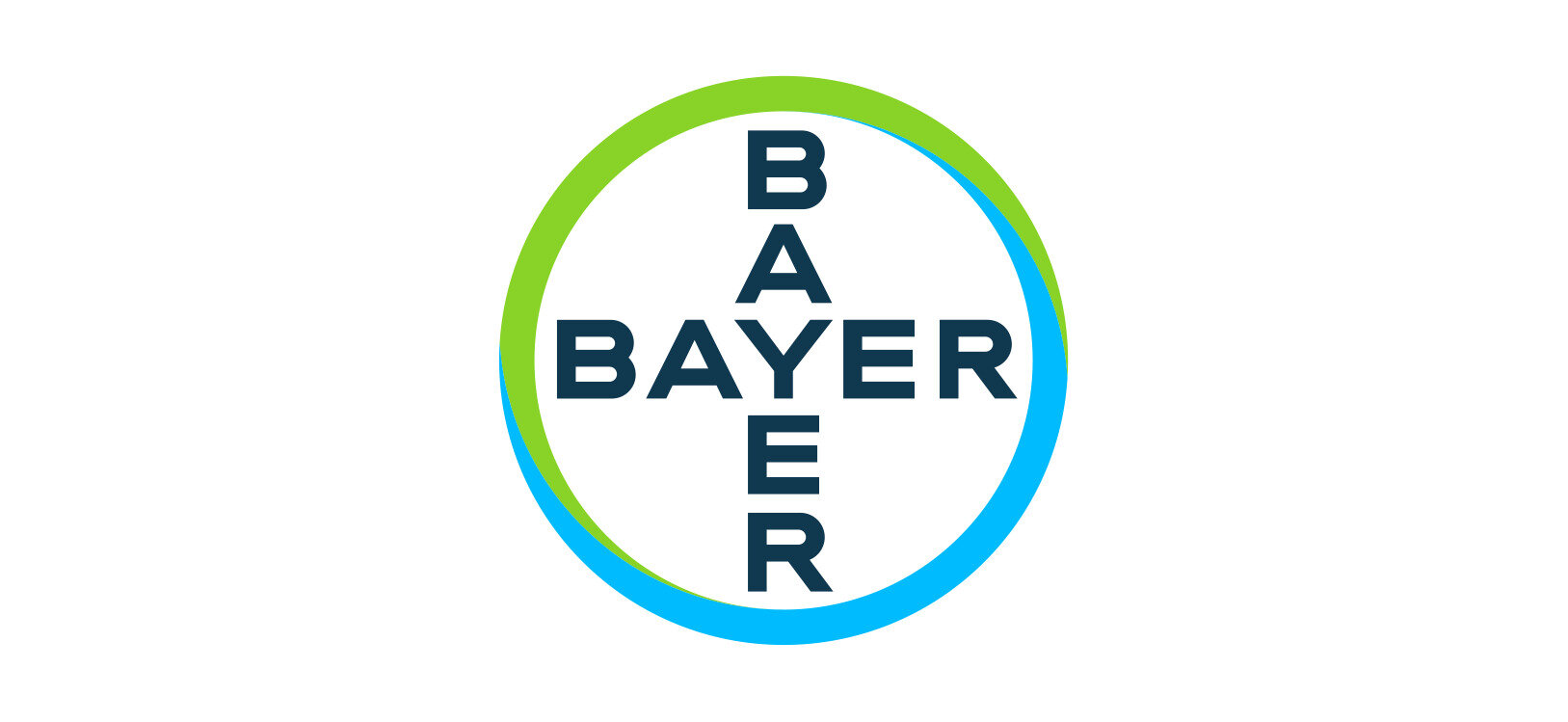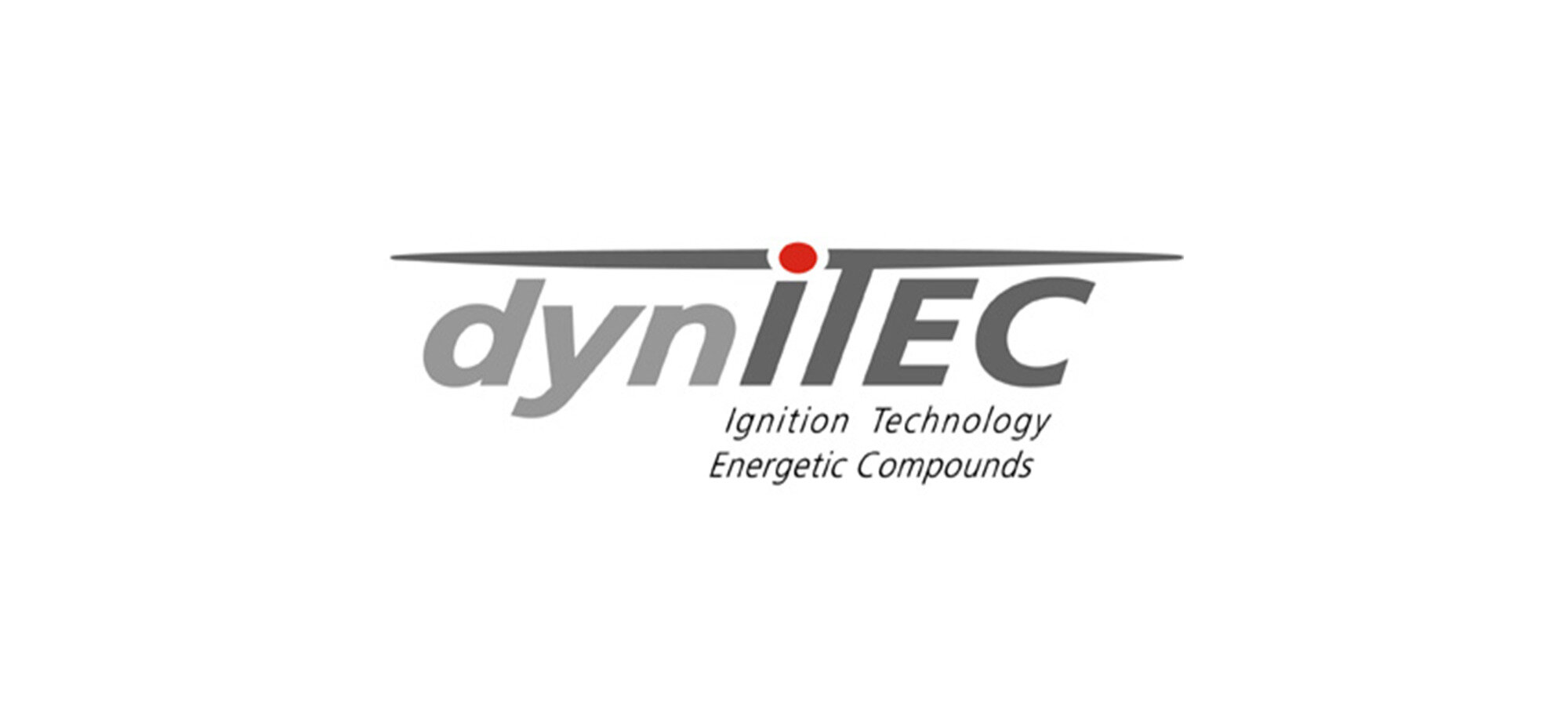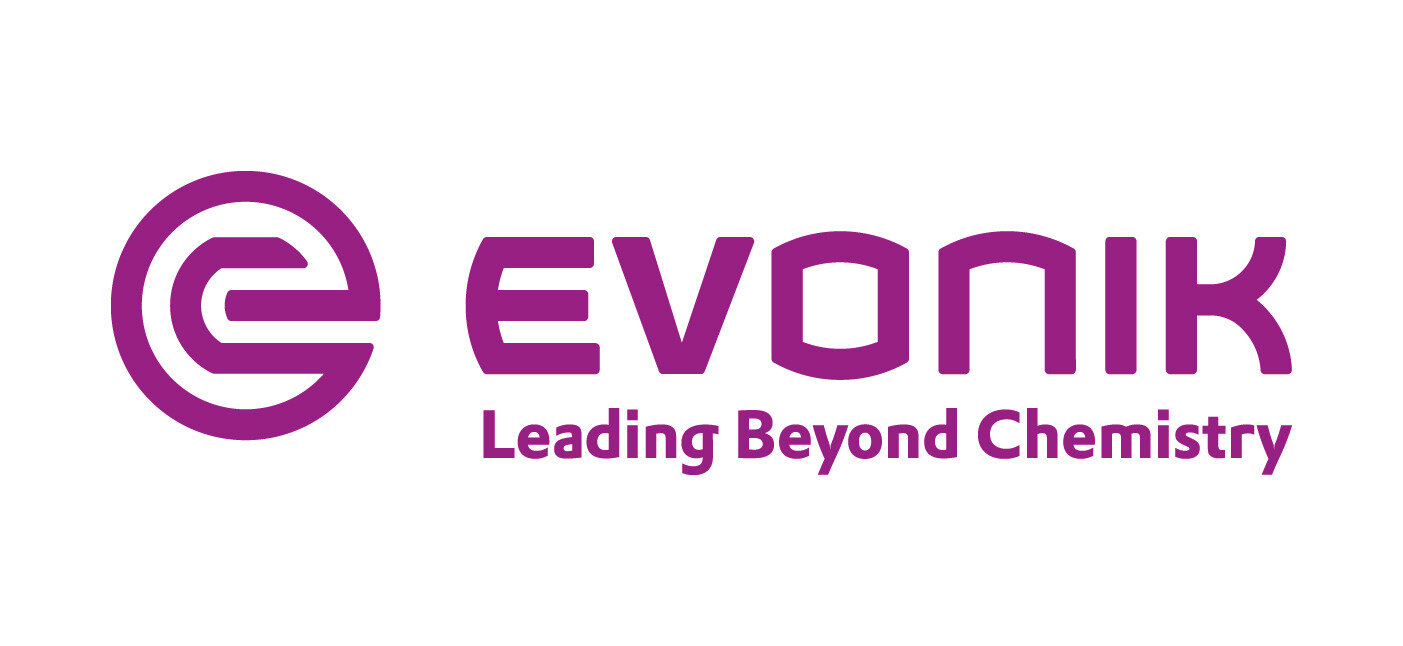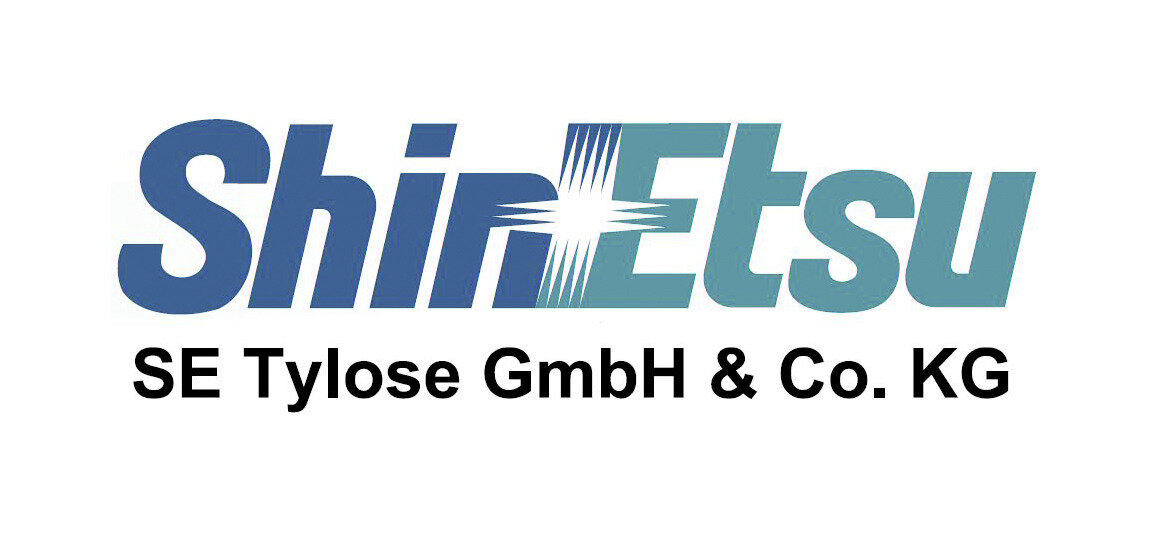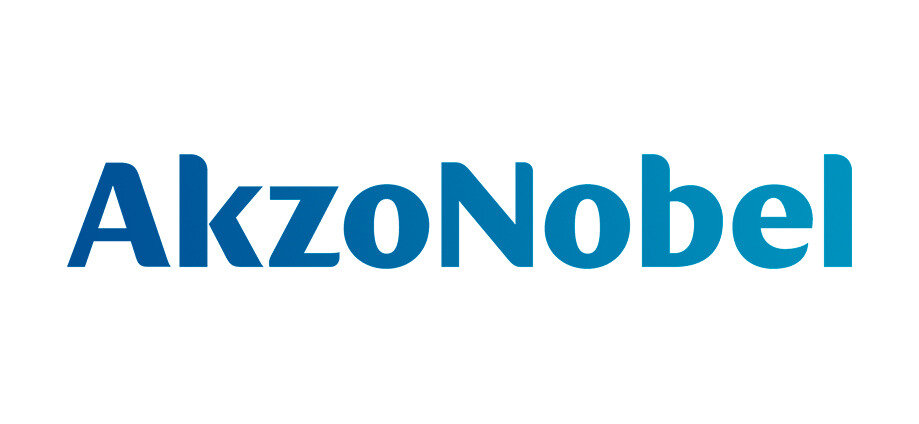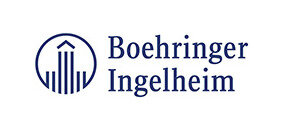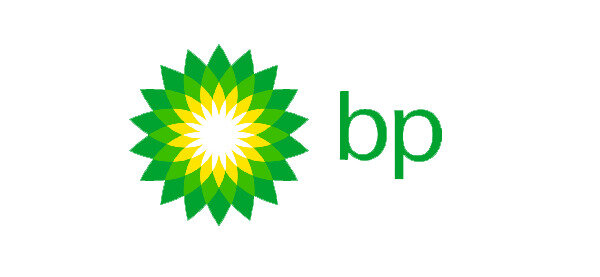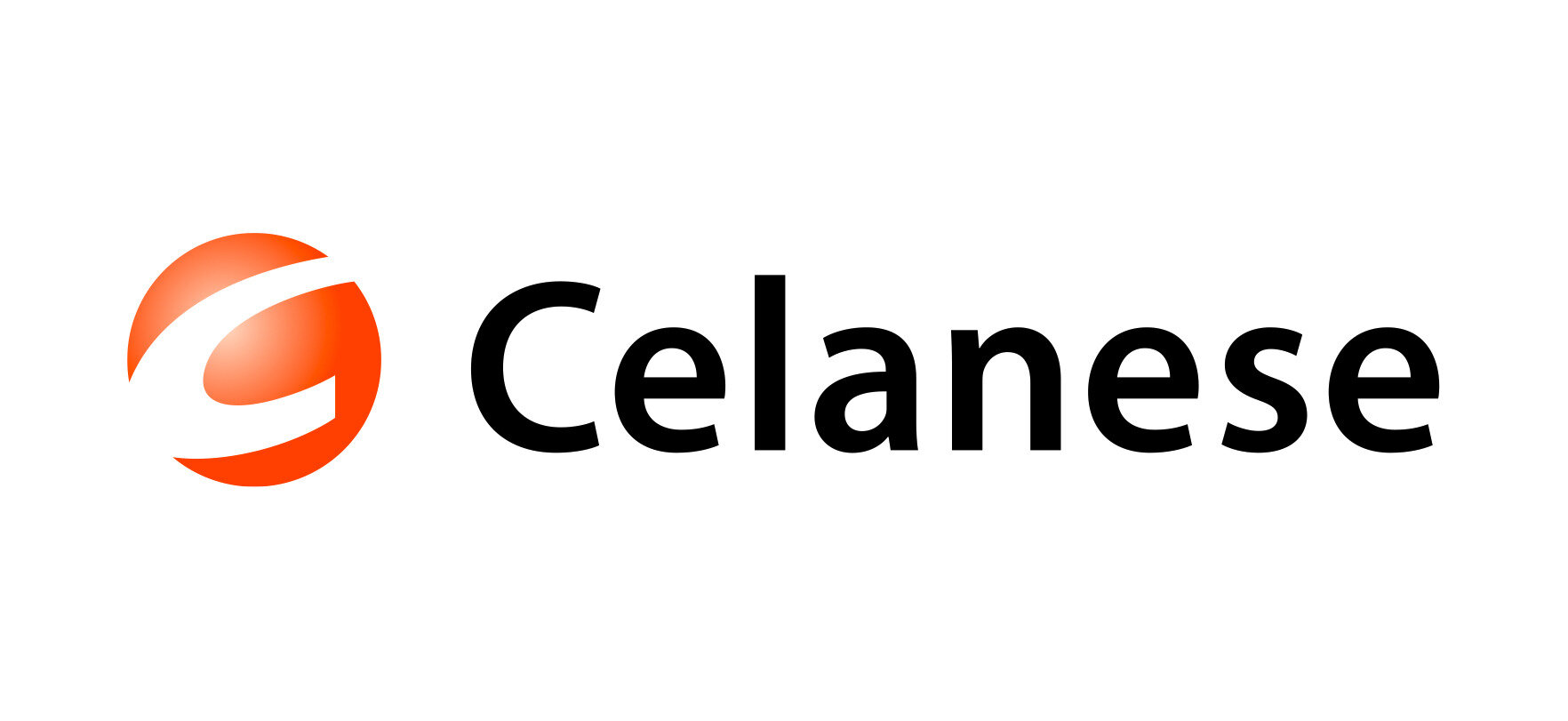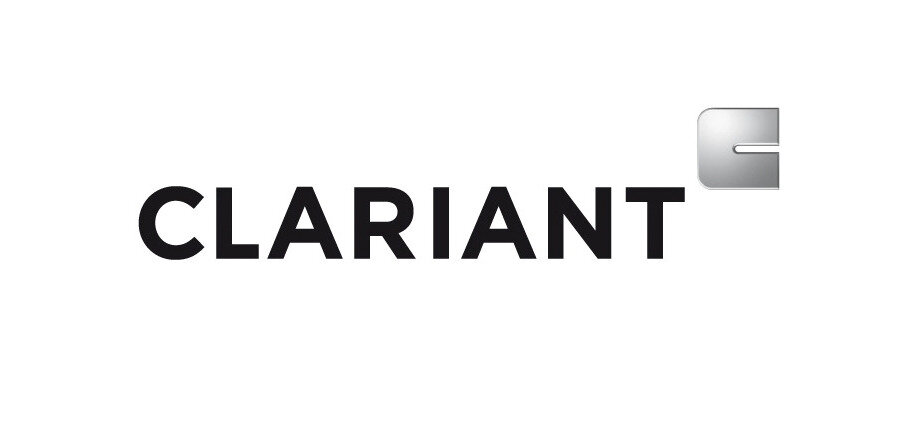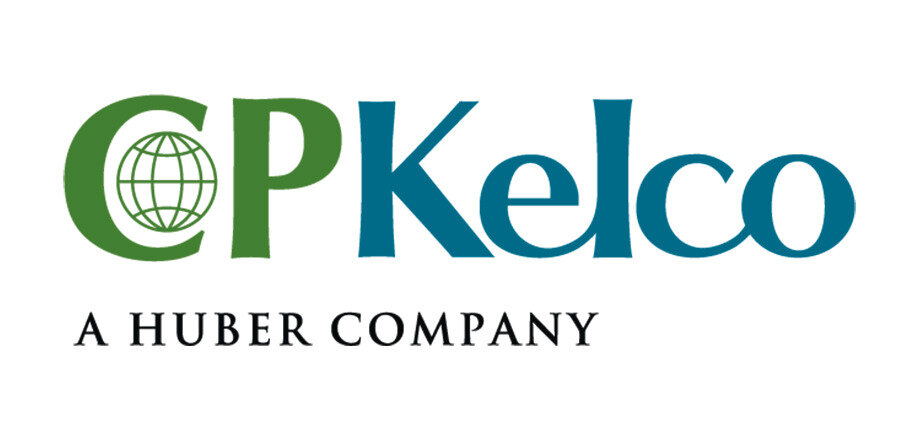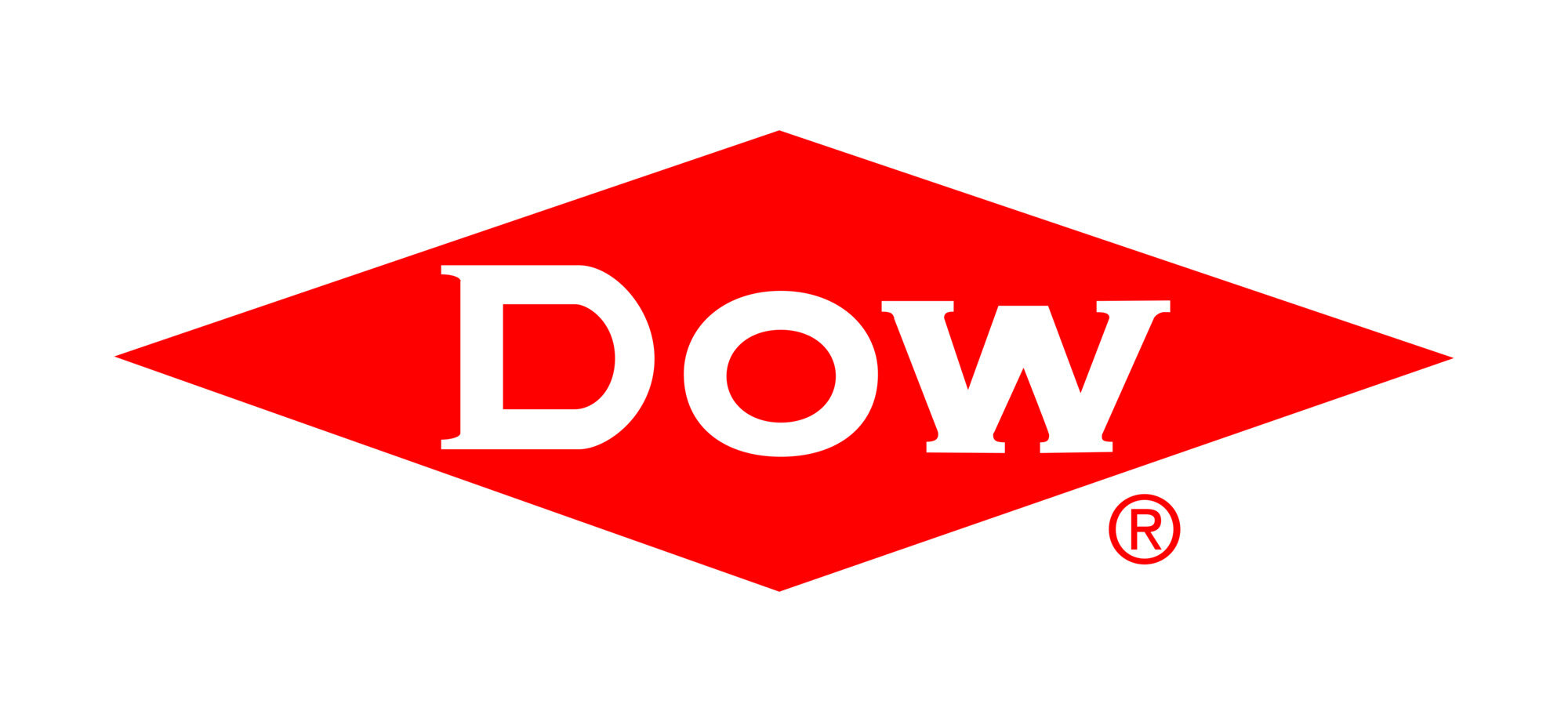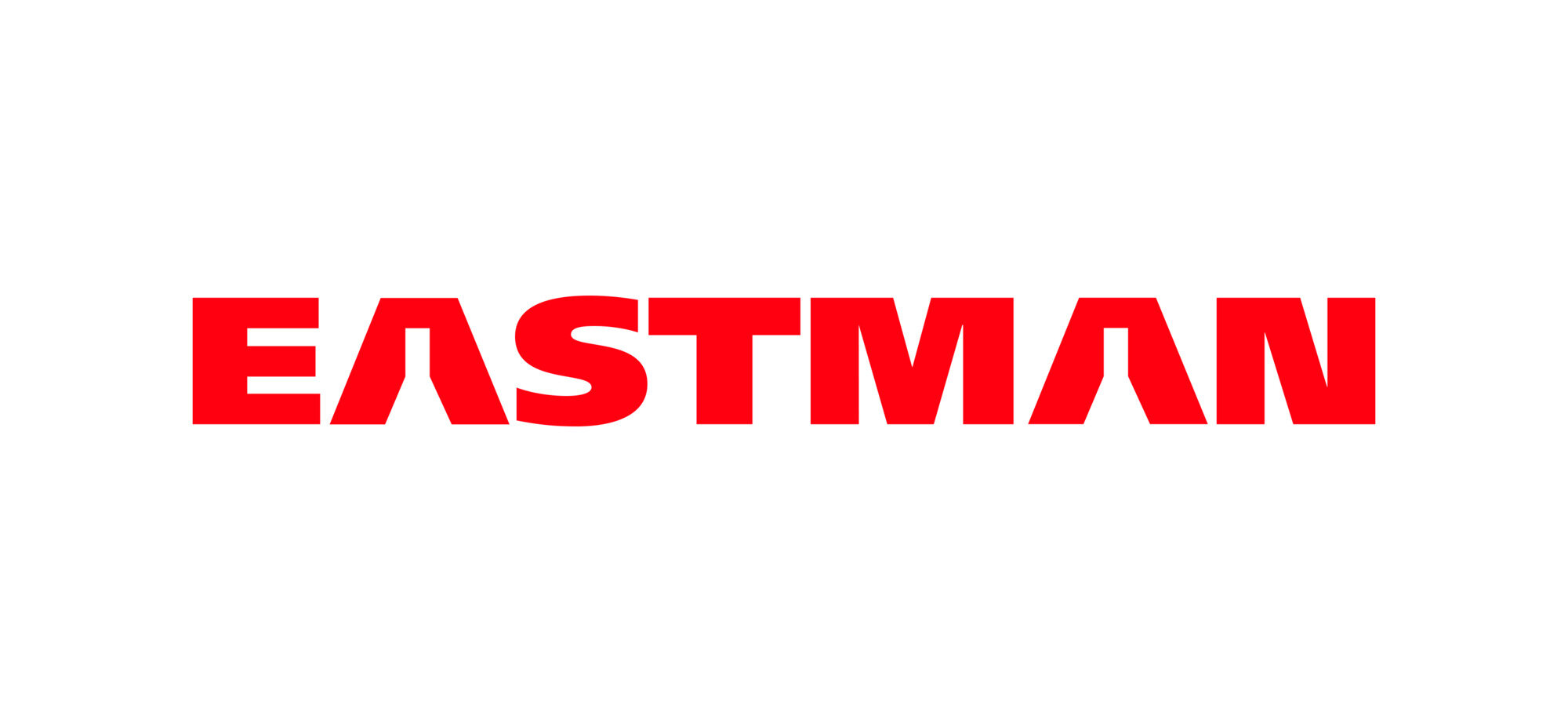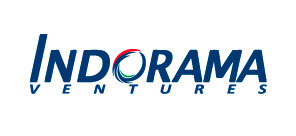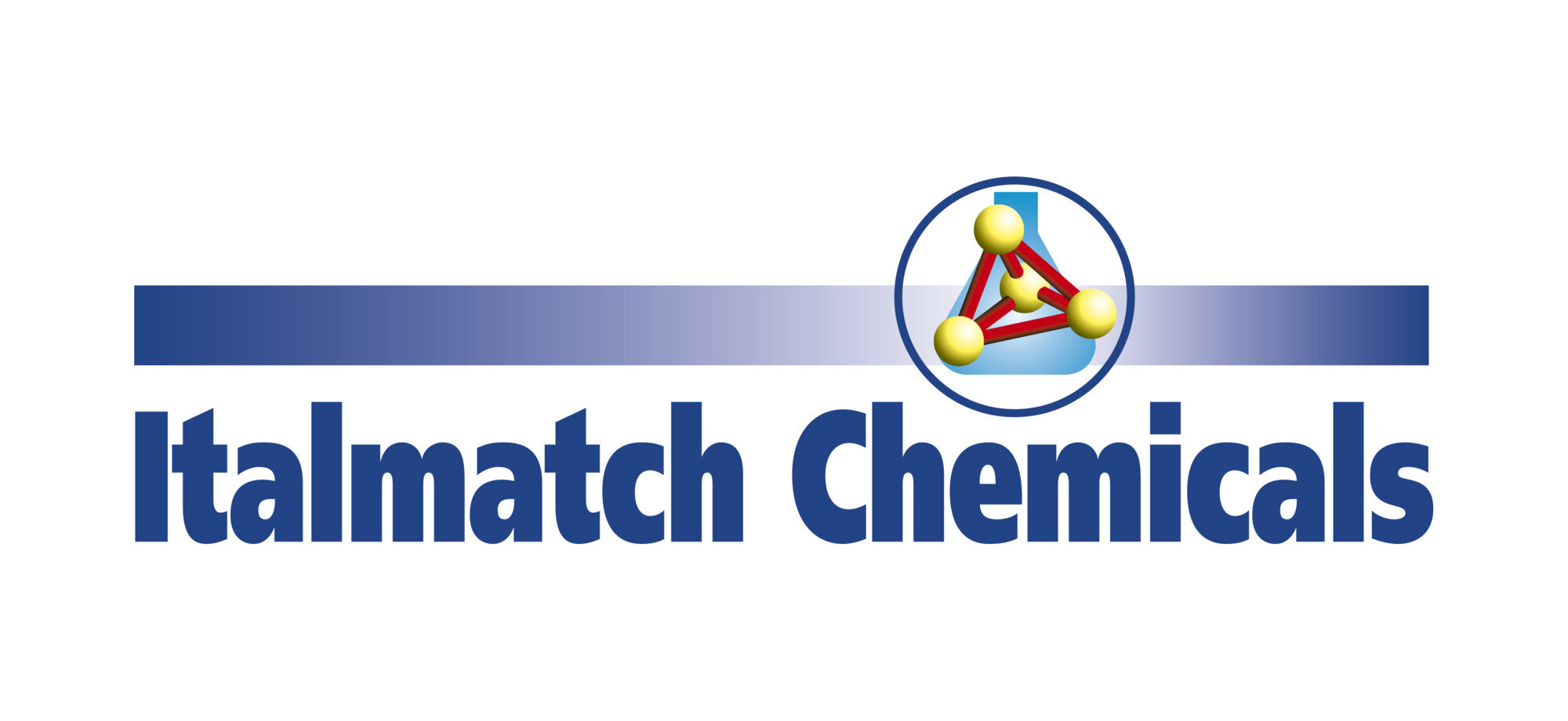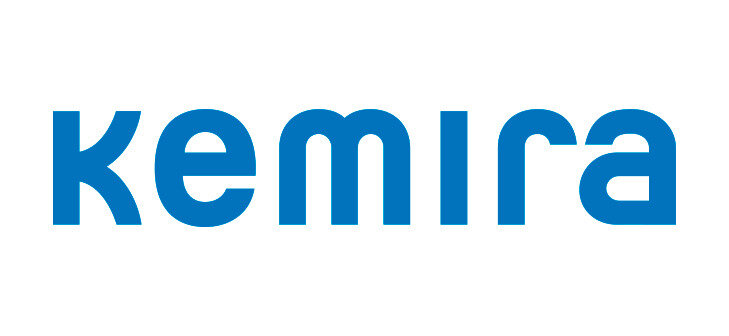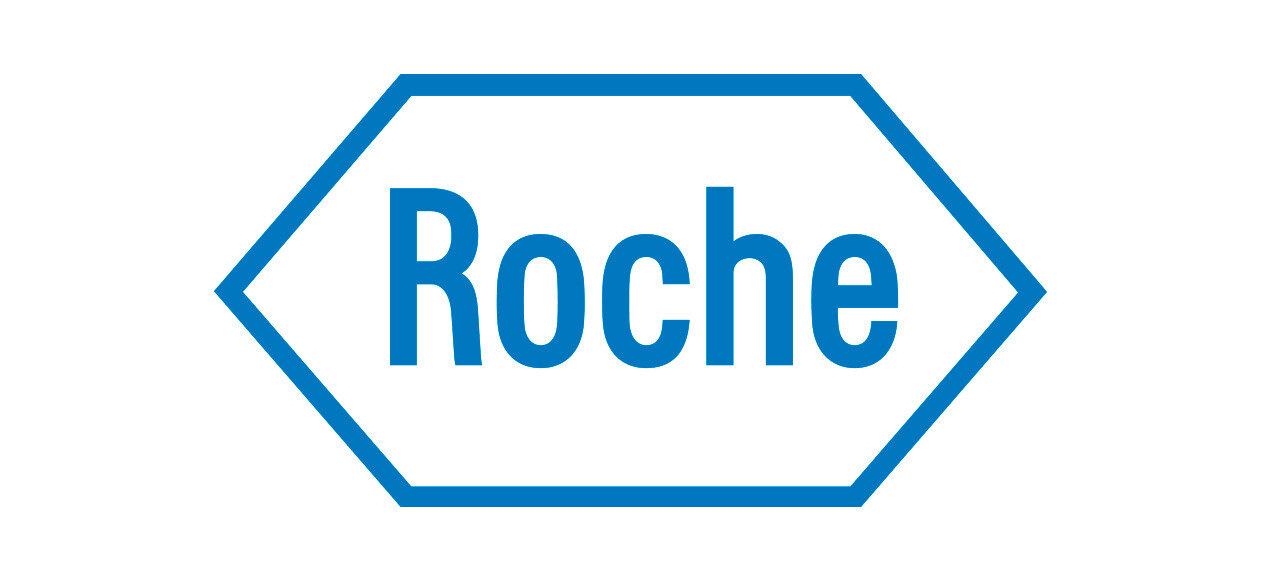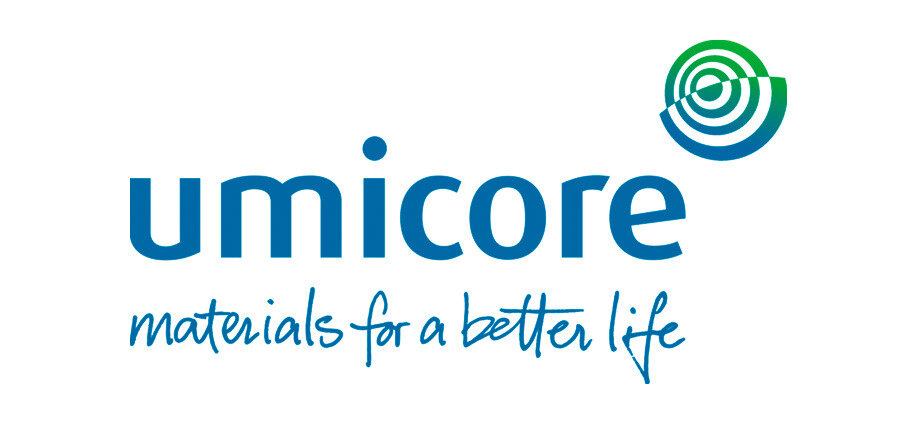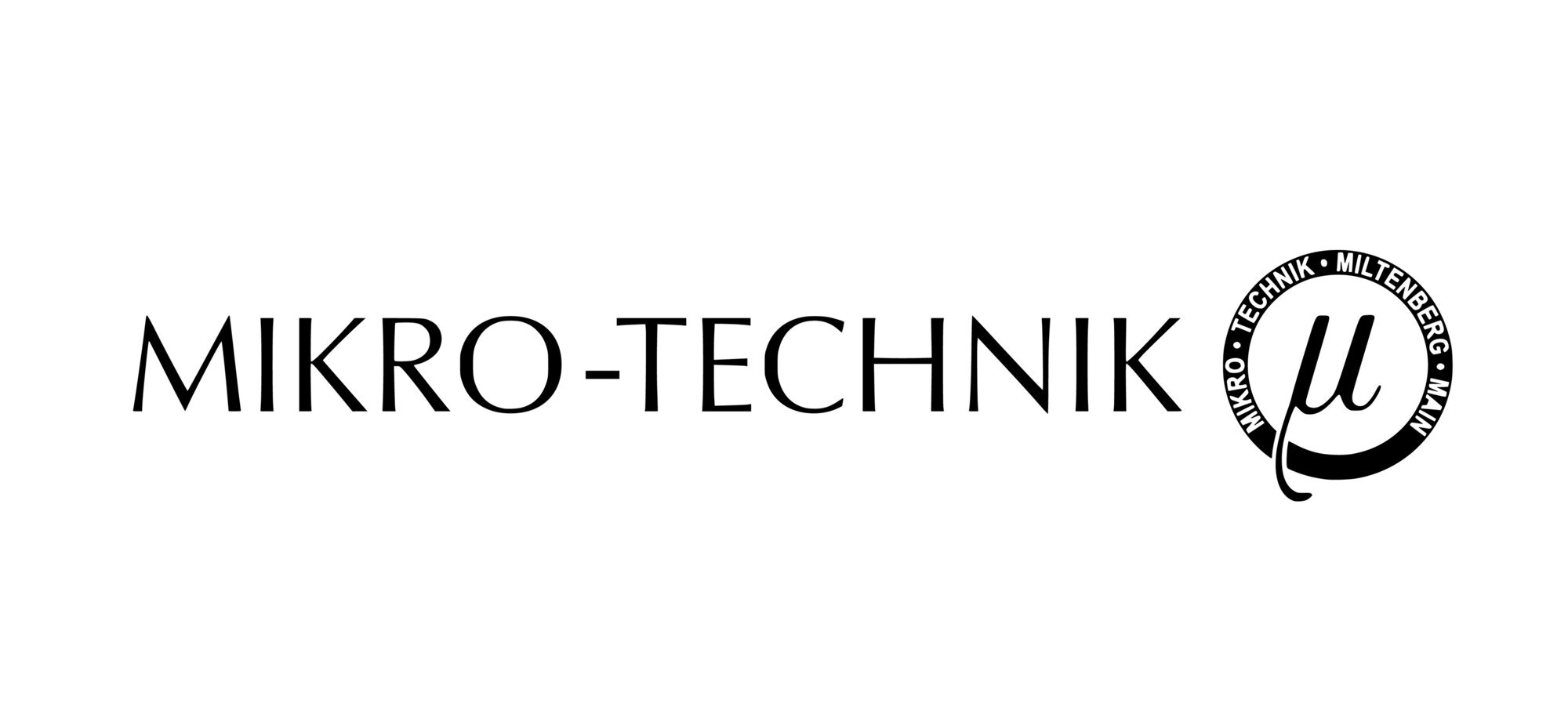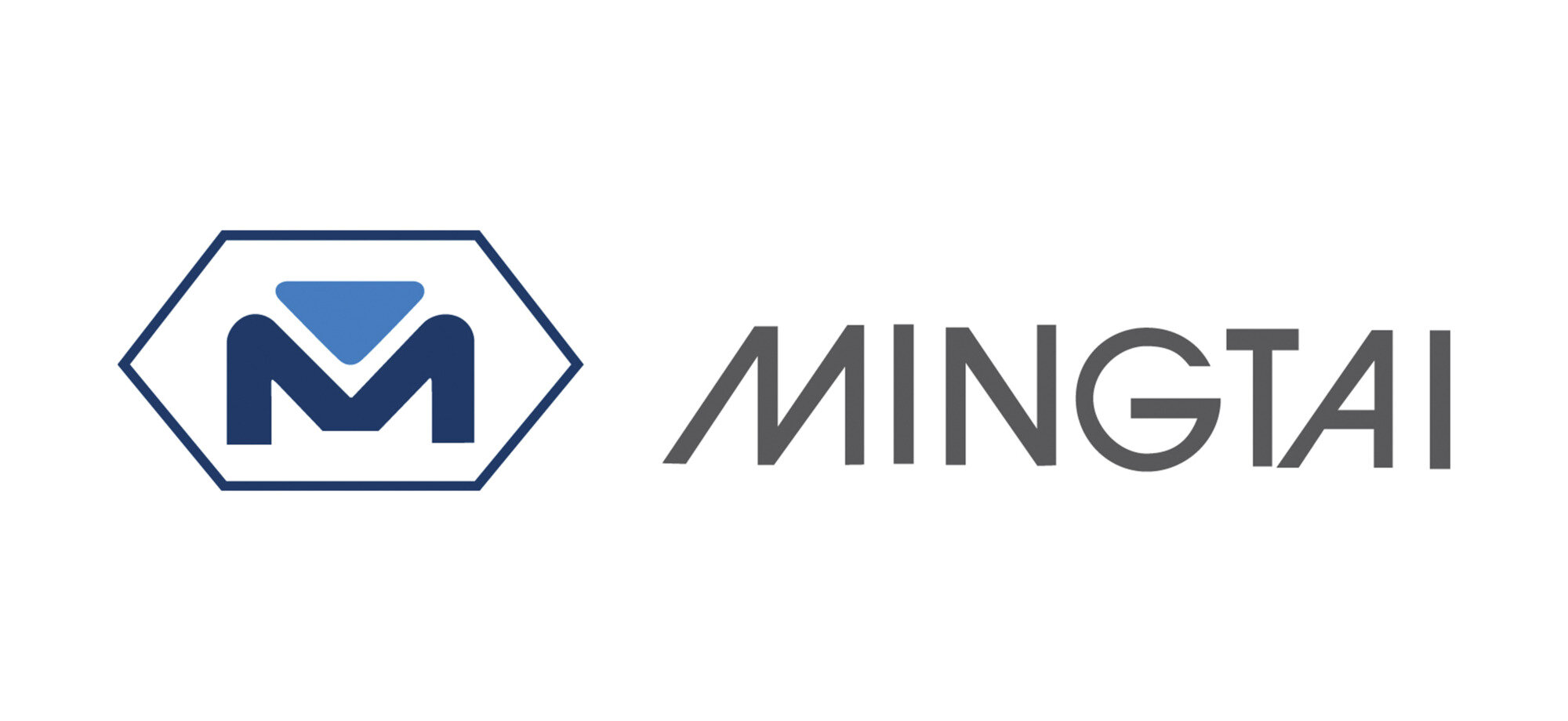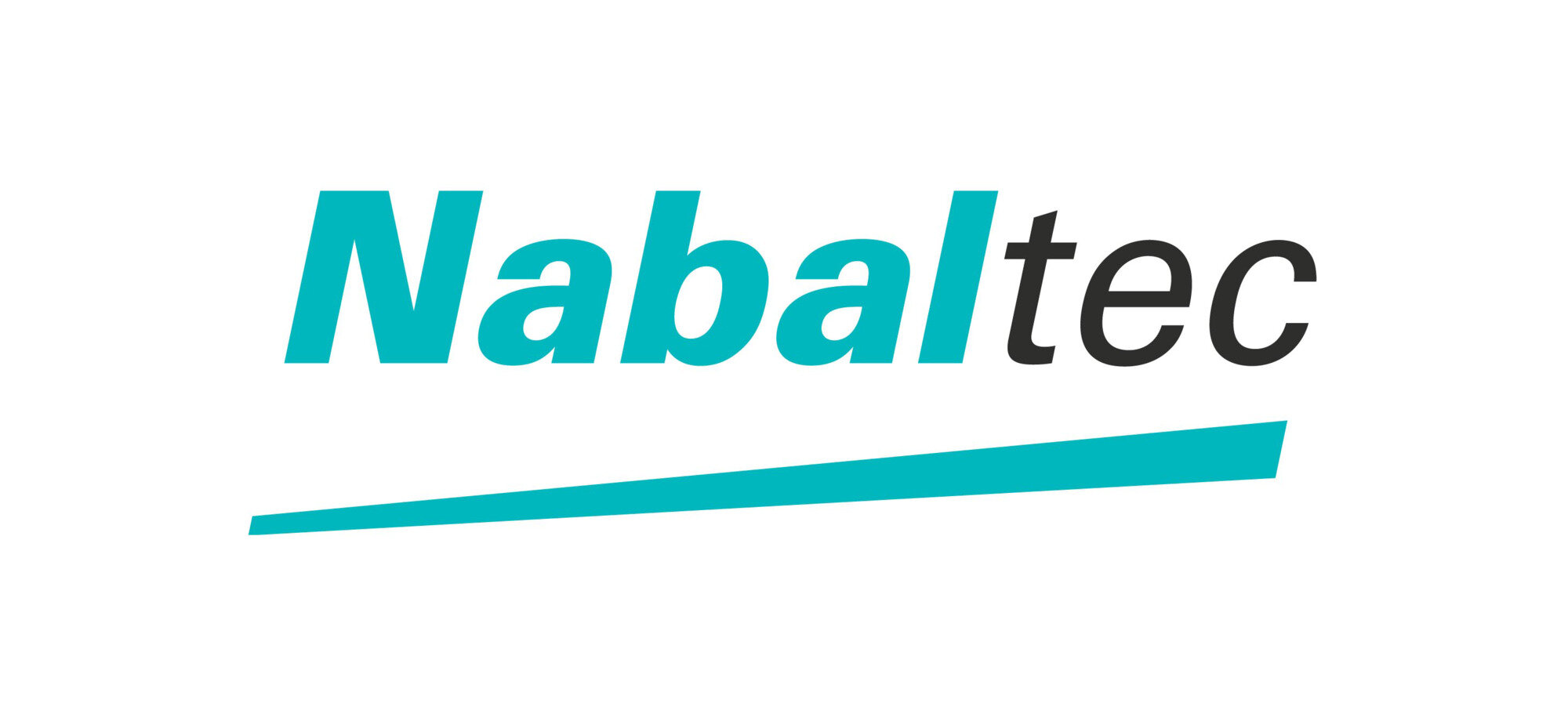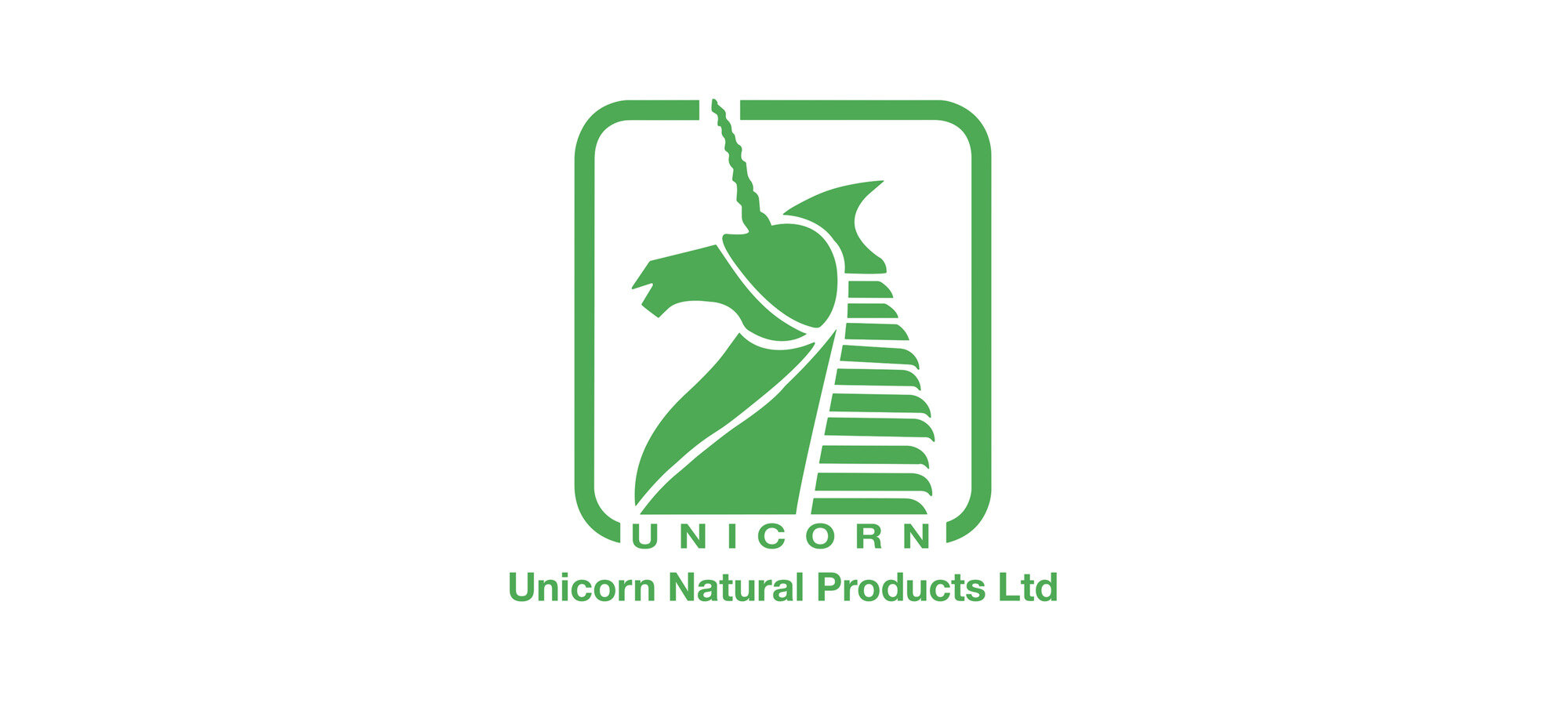Top quality
No matter which derivative you produce, such as methyl, micro or carboxymethyl cellulose – when it comes to filtration and washing, our filters offer you comprehensive advantages compared to other technologies. Highest product quality, maximum yield and efficient use of resources characterize our machines.
Efficient separation of salt
For cellulose derivatives – especially those soluble in water – the rotary pressure filter (type RPF) proves to be superior to traditional alternatives such as centrifuges. The rotary pressure filter facilitates cake treatment in several separate steps in a single system. The machine is compact and the temperature range can be set with great precision. Filtration and washing take place without the products gelling; the filtrate is free of solids and delivers a particularly high yield.
After separation of the mother liquor and filter cake, displacement washing is carried out in several steps. Salt can thus be efficiently removed from the filter cake. Thanks to its perfect piston flow, the rotary pressure filter offers effective penetration by the washing agent. Even though only minimal amounts of washing agent and water are required, the process stands up to the highest quality standards.
Minimum use of solvents

Minimum use of solvents
Our filters also enter the picture when top product quality and efficiency in the filtration process is required in the production of cellulose derivatives in solvents. Besides the rotary pressure filter, our indexing belt filter (BF) is also used in the production of cellulose derivatives. For every single application, we strive to achieve the optimum ratio of detergent concentration and filter size, thus enabling the safe production of high-purity derivatives while keeping solvent consumption as low as possible. Contact us.
Production of Alkali Cellulose
The first step in producing cellulose ethers is the preparation of the alkali cellulose. Depending on the task, the milled pulp is mixed homogeneously with water, ethanol, and sodium hydroxide. At this stage, optimal homogeneity of the mixture is of particular importance in order to achieve a high degree of alkalization. BHS agitators are designed to achieve best possible mixture homogeneity with uniform, controlled cooling. The BHS AVA HTC-T horizontal mixers and AVA HVW-T vertical mixers are particularly well suited to this process step.
Production of Cellulose Ether

Production of Cellulose Ether
Homogenizing of Cellulose Ether

Homogenizing of Cellulose Ether
Several batches of cellulose ether are collected in a BHS vertical mixer and homogenized together with further additives (small components) in a short mixing time. The result is a consistently high-quality final product with no batch variations.
Granulation/Cooling of Modified Celluloses

Granulation/Cooling of Modified Celluloses
BHS Horizontal mixers AVA HTK-T and ring layer mixers AVA HRM are ideally suited to granulating and cooling cellulose ether. The high peripheral velocities of the ringlayer mixers agitators allow for increasing the particle size over a retention time of a few seconds to configure the system for subsequent process stages. Compact machines achieve high throughputs during this manufacturing stage.

